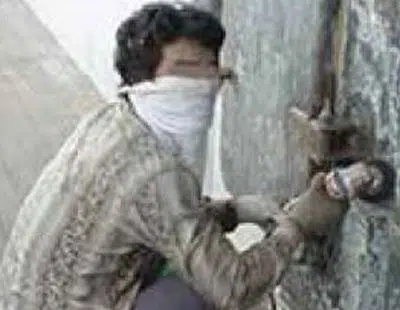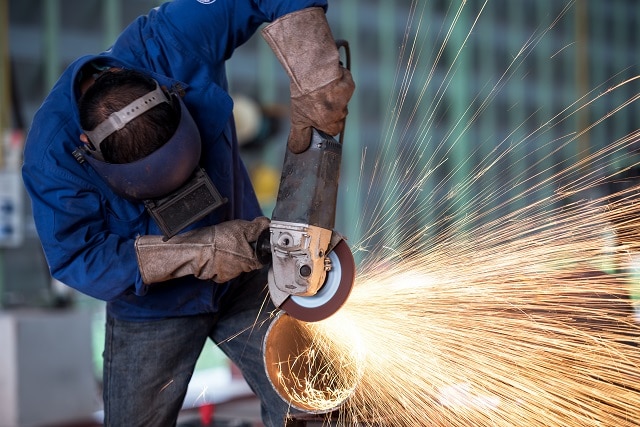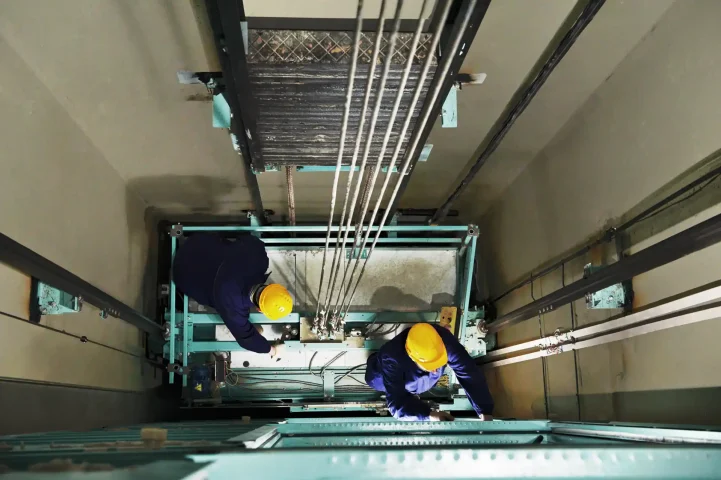By GMM Training | 2024-03-01 | Case Studies |

The crew member in the photograph is seen operating a handheld grinder, yet he is not wearing any eye protection. Grinding work throws off metal particles from the disc as well as from the metal surface being worked. Additionally, incidents of grinder disks shattering are not uncommon.
Operators of grinding and cutting tools should assume that the disc may shatter and should ensure that the guarding will deflect broken pieces away from themselves. The correct component parts which support and secure discs must always be used.

From the University of New South Wales, Australia: Did you know ???
- Angle grinders are one of the most dangerous tools in any workplace;
- Most angle grinder injuries are from metal particles lodging in the operator’s eye;
- However, the most serious injuries are from kick-back, where the disc is thrust back violently towards the operator;
- Discs can shatter or explode, sending pieces flying in all directions.

Lessons learned
- Give your crew training and guidelines before letting them work with a grinder;
- Cutting wheels or discs should not be used for grinding jobs, and grinding wheels should not be used for cutting jobs;
- Wheels designed for a particular revolution speed should not be used on machines of different speeds;
- Wheels should be used only for the specific material and purpose for which they are designed, and according to the manufacturer’s recommendations;
- The British Abrasives Federation recommends using abrasive discs that comply with standard EN12413:2007+A1. This stipulates that discs be marked with a date of expiry that is at most within three years from the date of manufacture;
- Wheels worn small through use should be discarded and never used on smaller machines.
Reference: nautinst.org



















